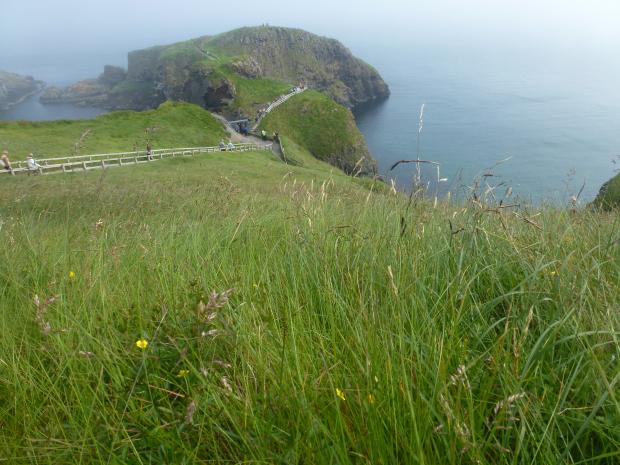
The island of Carrickarade and the adjoining mainland represent a section through a volcano which exploded during the Tertiary period 60 million years ago. Volcanic ash and rock debris fill the vent. Later, during a quieter period of volcanic activity, veins of dolerite were intruded into the rocks.
The limestone cliffs contain one exceptional raised sea cave which has the only known example of speleotherm development within the Ulster white limestone.
The cliff tops habitats include maritime grassland, acid heath and chalk grassland. The site is home to two rare snails, the wrinkled snail and the heath snail, and breeding birds including twites, kittiwakes, guillemots and razorbills.
Related articles
- ASSI Guidance for Public Bodies/Competent Authorities
- Coastal Areas of Special Scientific Interest
- Conservation Management Plans (CMPs)
- European Marine Sites - Marine Special Areas of Conservation and Special Protection Areas
- Introduction to Conservation Management Plans (CMPs) for Northern Ireland’s Special Areas of Conservation
- Marine Conservation Zones
- Marine Protected Areas
- Marine Ramsar sites
- Portrush Coastal Zone
- Special Areas of Conservation
- Special Areas of Conservation for Harbour porpoise
- Special Protection Areas
